As the days become warmer and the outdoors become greener it’s a great time to start enjoying the outside again. It’s also a great time to think about how to protect your garden from extreme heat and prepare it for warmer weather. After all, your garden is also happy that the warmer months of the year have finally arrived, but it needs some help to take full advantage of the nice weather. You might need to do some landscaping and some DIY projects to help transition your garden.
As with any garden, particularly a winterized one, some simple tasks need to be done so that your garden is ready for the blooming days of summer bliss. This is the year of new beginnings so don’t be content to leave your garden as just a place with some grass and lawn chairs. In celebration of the good days ahead, upgrade your hot weather gardening techniques and turn your garden into a hub for nutritious veggies, blooming flowers, and majestic trees.
Bring In The Garden Furniture
With warmer weather comes more opportunities to have fun outside. Why limit your outdoor fun to a few cookouts every year when you can have breakfast, lunch, and coffee breaks in the open air as well? You could go all out and build an outdoor kitchen or an ADU with a patio dining area. You can go for something simpler with a few pieces of charming garden furniture. A nice scandi table and some fresh, upholstered benches are all you need to create the perfect nucleus for family fun to the soundtrack of birds chirping.
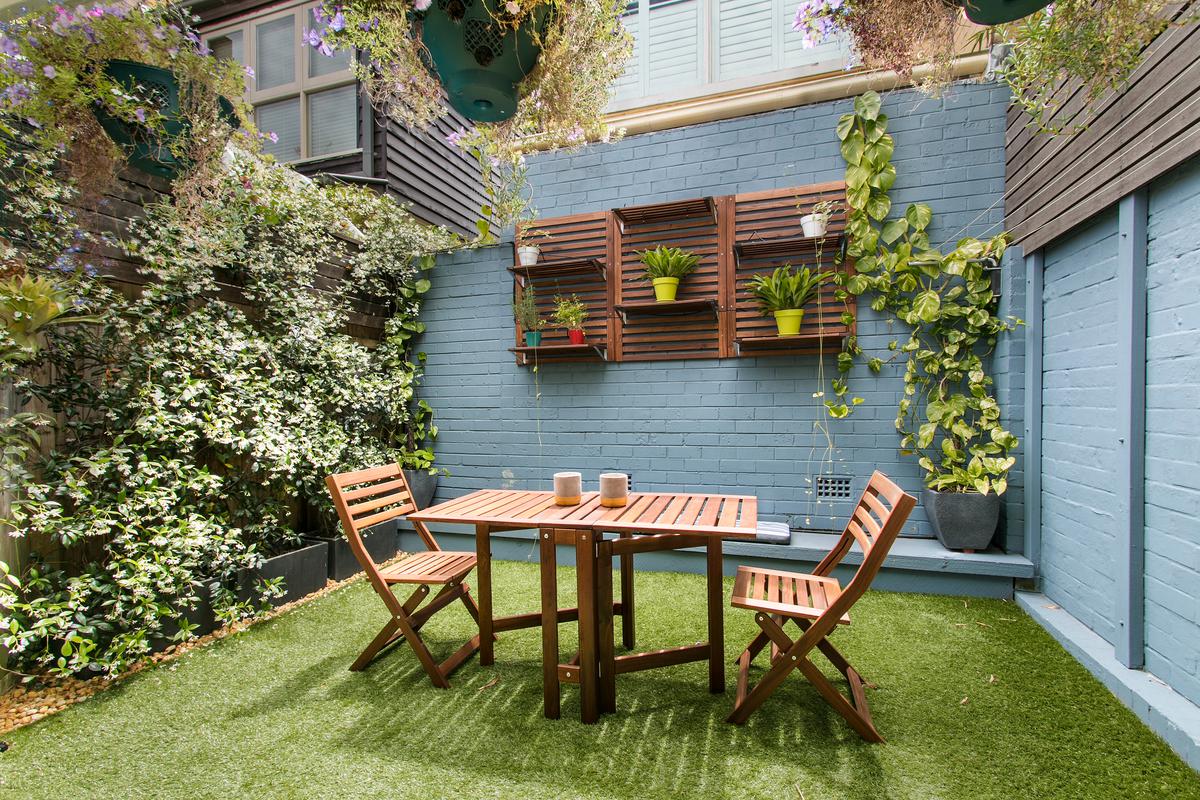
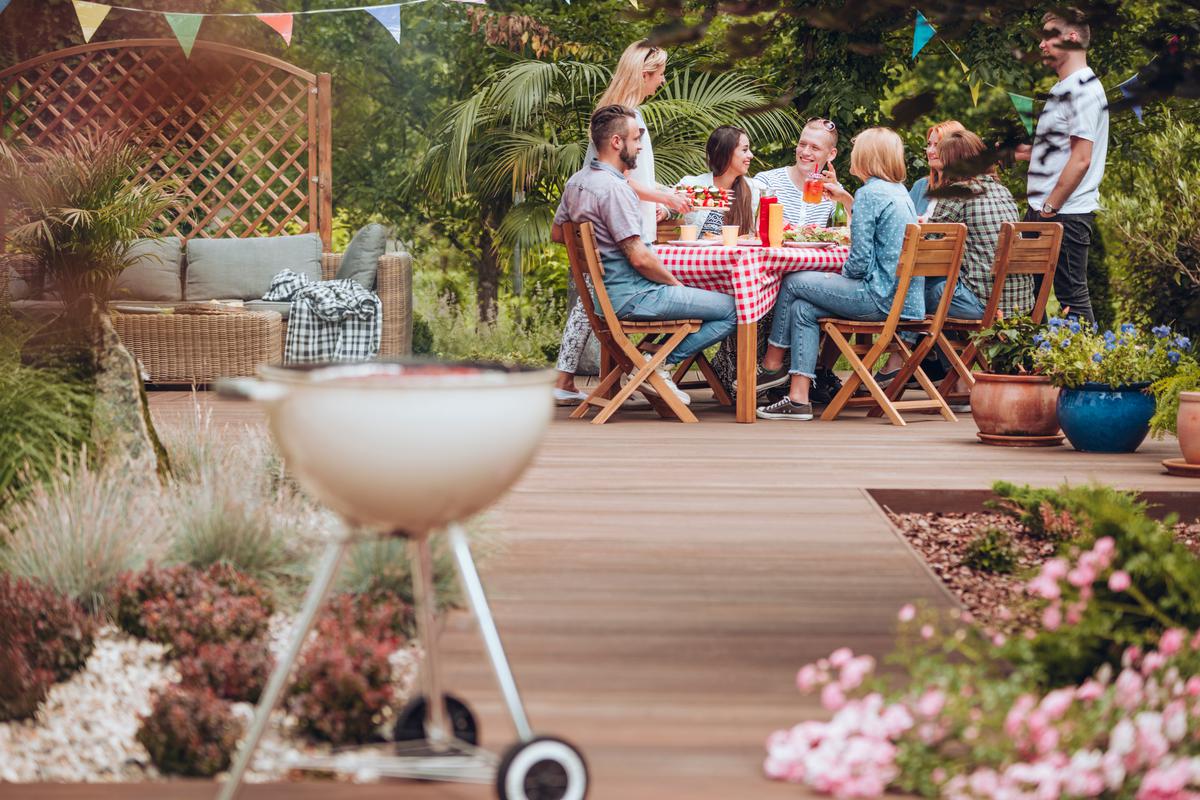
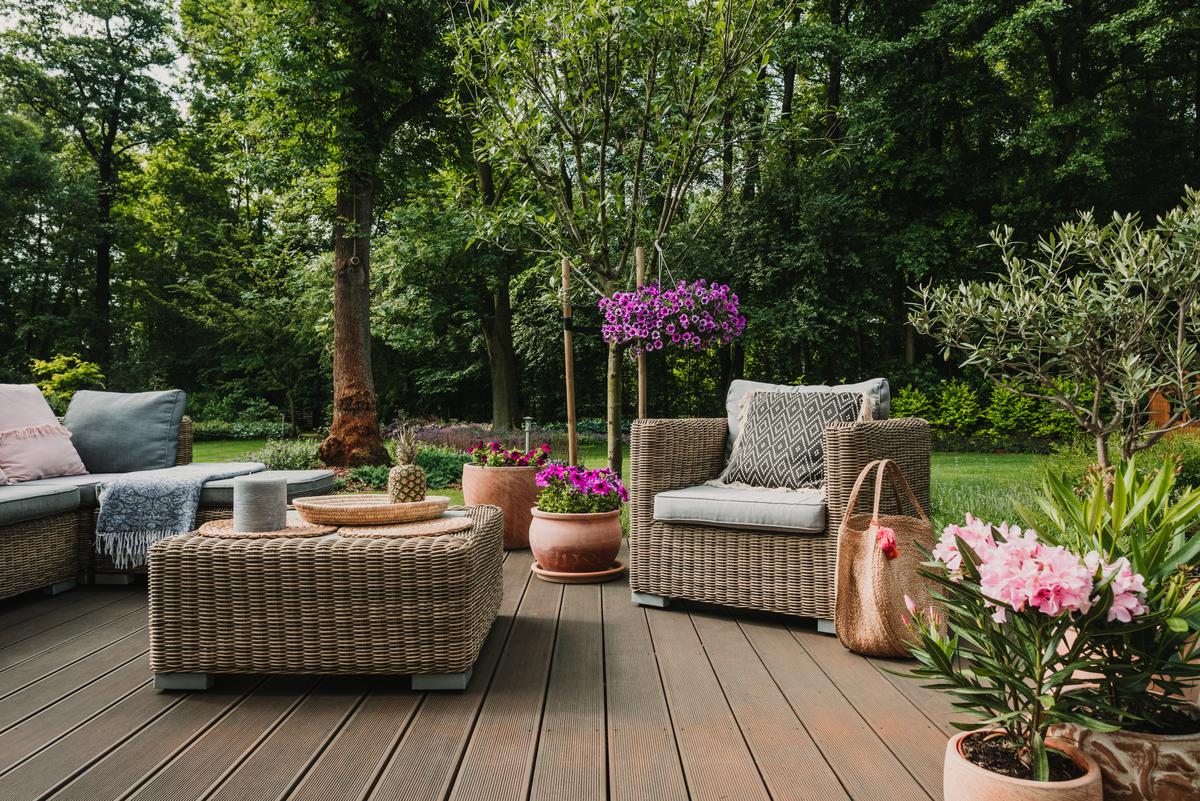
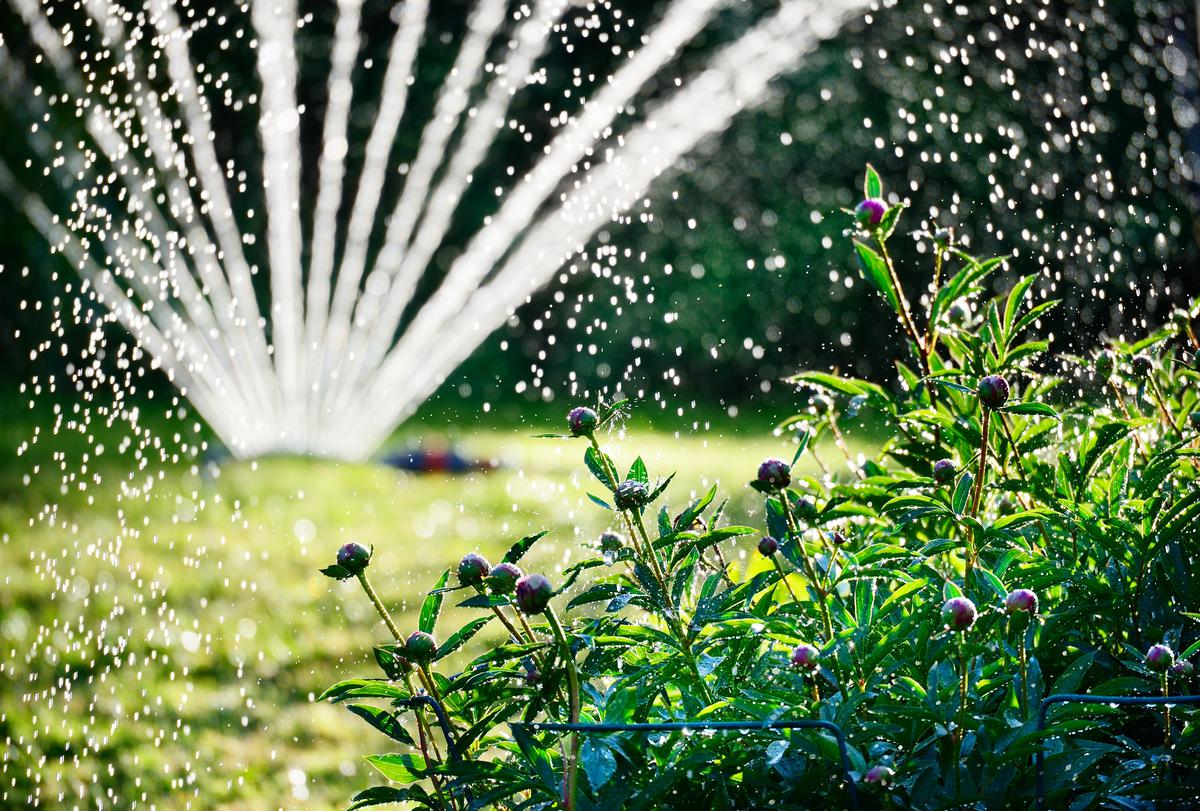
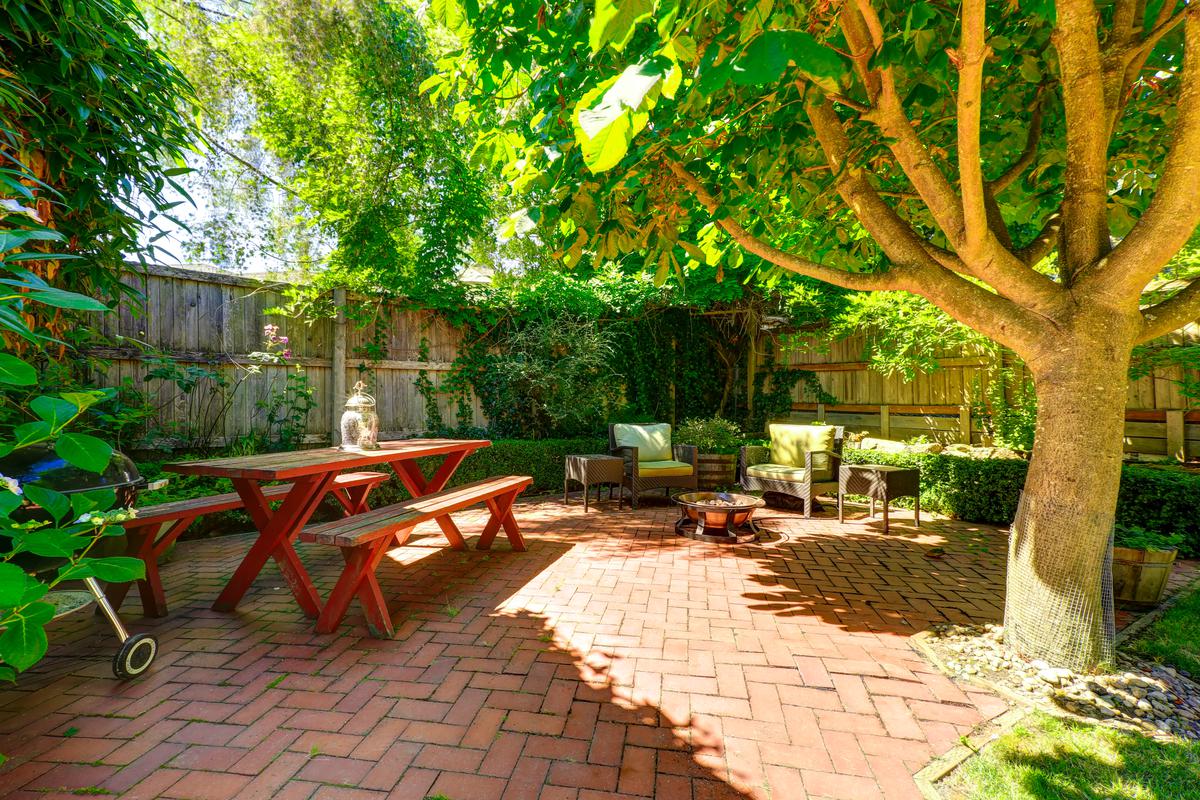
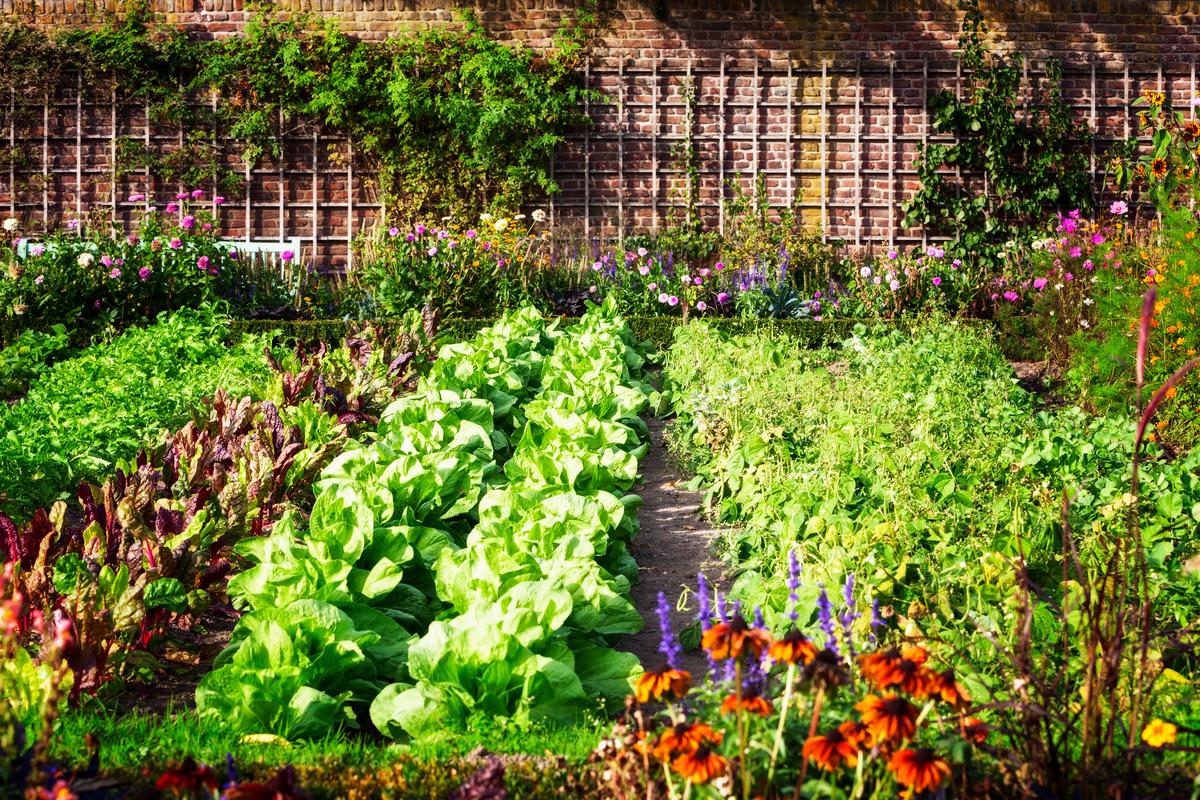
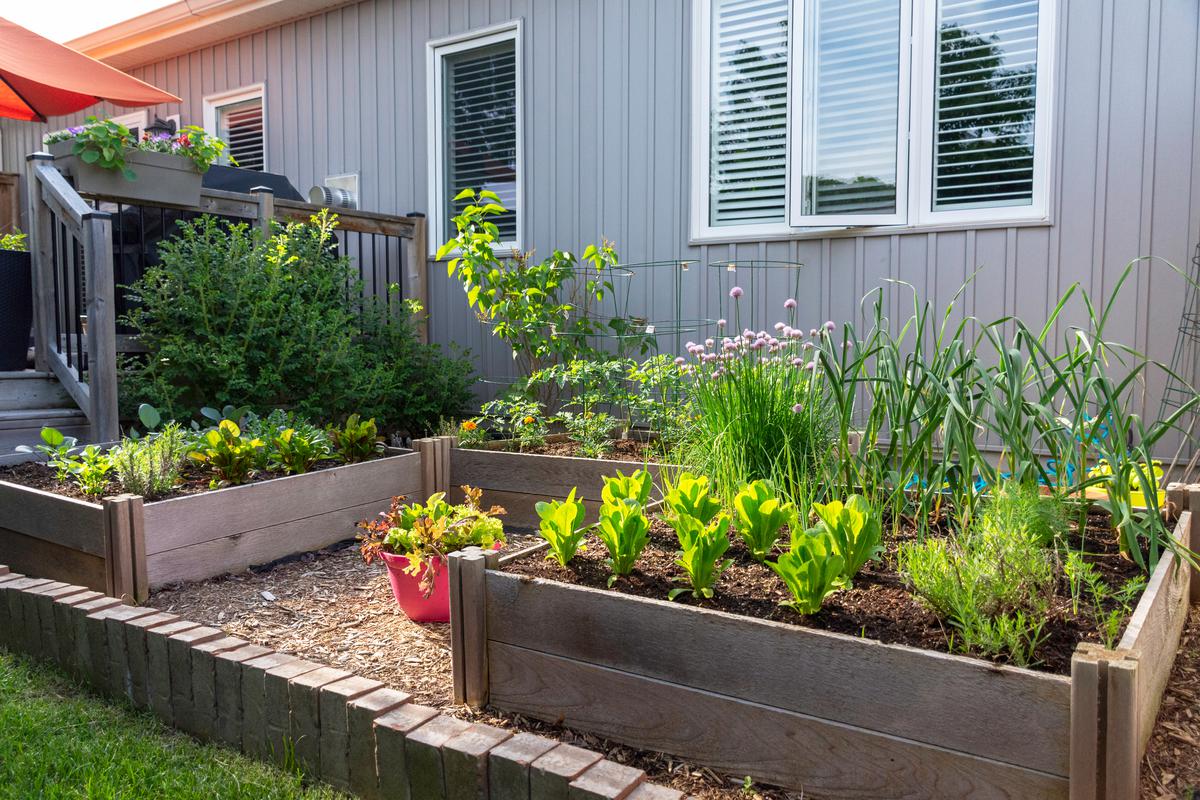





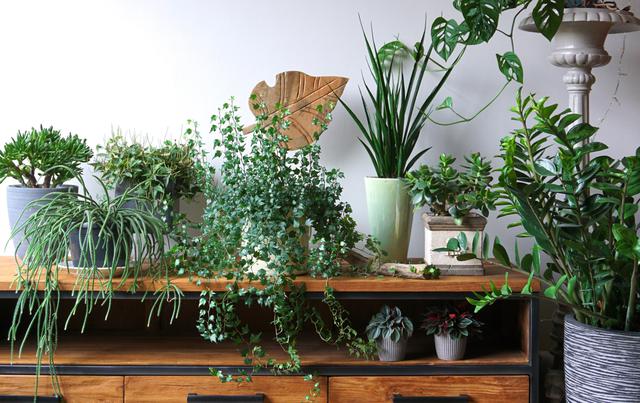
comments